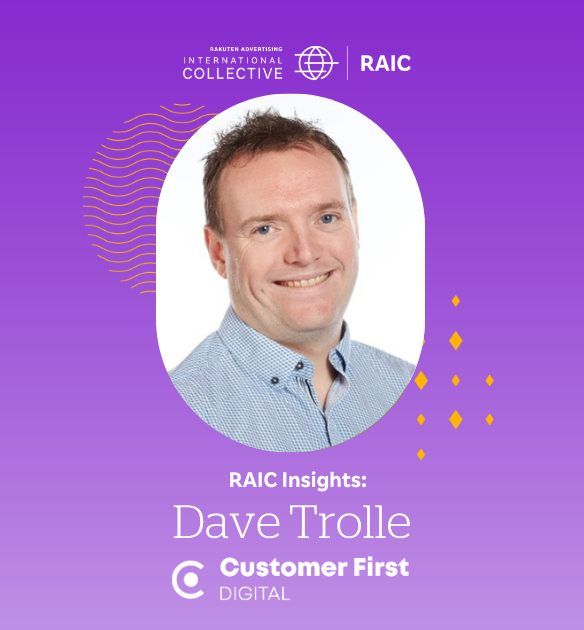Publisher Spotlight: Klarna

You might know Klarna as a buy now, pay later company, but they’re so much more than that. Read our latest spotlight and hear first-hand how the Klarna team are reinventing how people shop.
We’re proud to announce that we have won seven Global Performance Marketing Awards across seven categories, including Best Affiliate & Partnership Strategy (LATAM & North America), Best Partnership, Best Loyalty Partnership, Best Use of Retail Media, Best Use of Content Commerce and Most Creative Partnership. Read on to find out more.

Affiliate Conversion Journey is the latest feature to be made available in Rakuten Advertising’s Insights and Analytics Portal. Below, we showcase the game-changing insights available and give real-world examples of how you can use Affiliate Conversion Journey to outdeliver on campaign performance.








You might know Klarna as a buy now, pay later company, but they’re so much more than that. Read our latest spotlight and hear first-hand how the Klarna team are reinventing how people shop.

The Rakuten Advertising International Collective (RAIC) aims to showcase the strategies and steps that will elevate your affiliate thinking, giving you the tools to outthink the market and deliver campaigns that outperform for your business. In our latest post, Dave Trolle, founder of digital consultancy and Affiliate Marketing specialists Customer First Digital, introduces some of the most common myths surrounding affiliate marketing and how to bust them.

Asia-Pacific is home to some of the world's largest and most vibrant economies. It's no surprise that shopping is a popular pastime for many in the region. Get ready for 2024 and mark your calendars with our definitive list of key shopping dates.

An industry-leading influencer marketing network partnering with 250,000 creators with the world's top brands, Shoplooks has experienced phenomenal growth in its six years. Read our latest spotlight and hear first-hand how the Shoplooks team connect brands with influencers to deliver long-lasting partnerships and top-tier campaigns.

A lot has happened in the world of e-commerce over recent years. For affiliate publishers, it can be hard to keep track of the shifting consumer behaviours and advertiser needs. As we step into Q4, and the annual retail frenzy peak, our experts share the latest insights and strategies to help publishers exceed their goals this shopping season.

The Rakuten Advertising International Collective (RAIC) aims to showcase the strategies and steps that will elevate your affiliate thinking, giving you the tools to outthink the market and deliver campaigns that outperform for your business. In our latest post, Dave Trolle, founder of digital consultancy and Affiliate Marketing specialists Customer First Digital, introduces some of the most common myths surrounding affiliate marketing and how to bust them. Stay tuned for part two from Dave in the coming weeks!